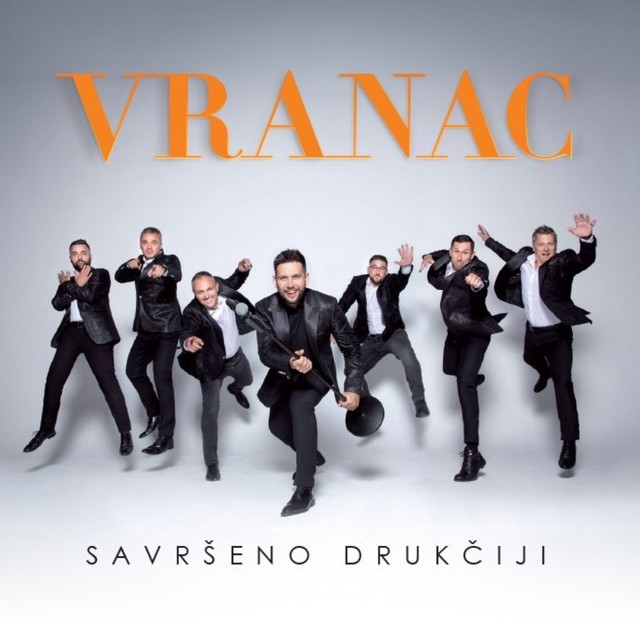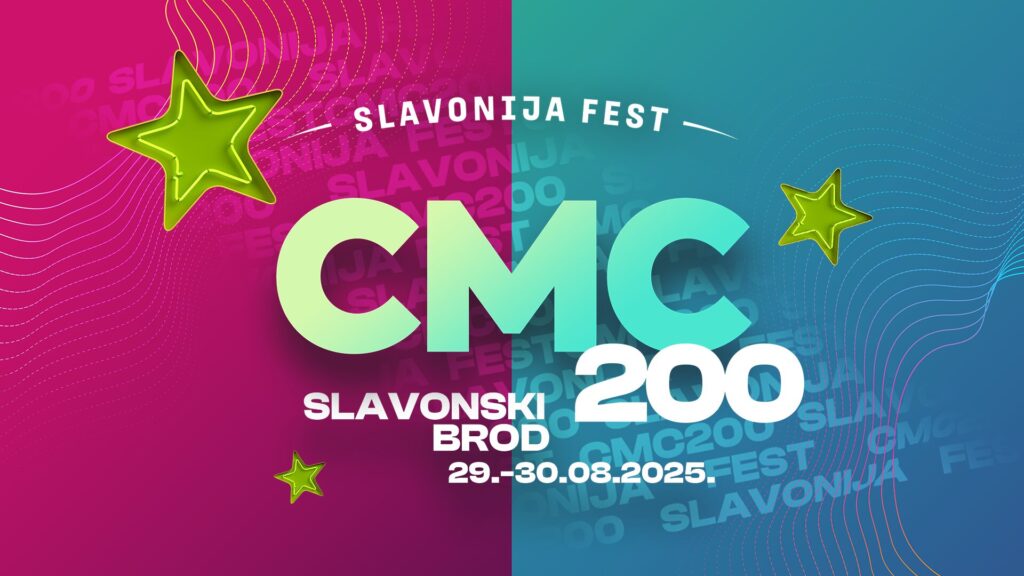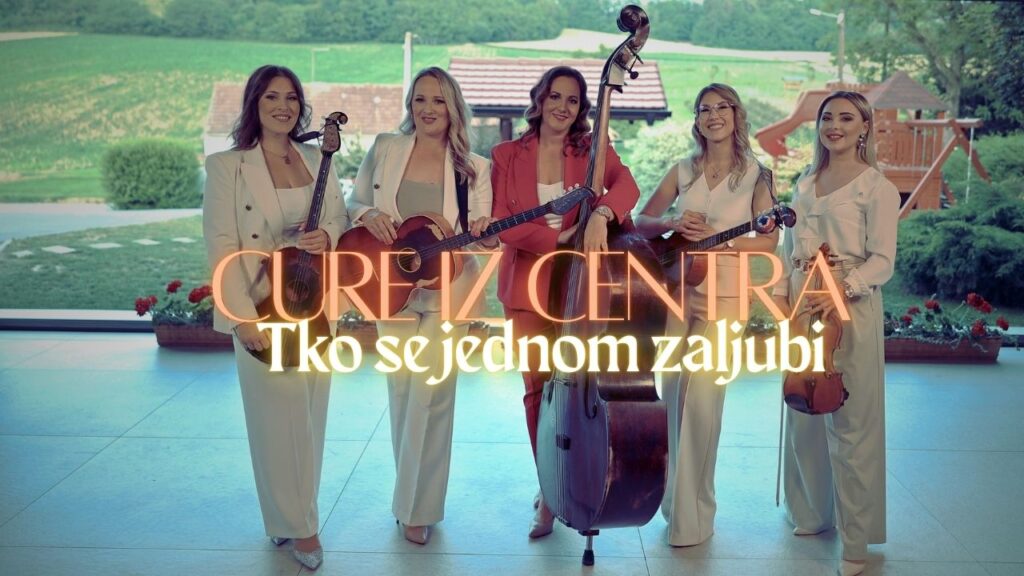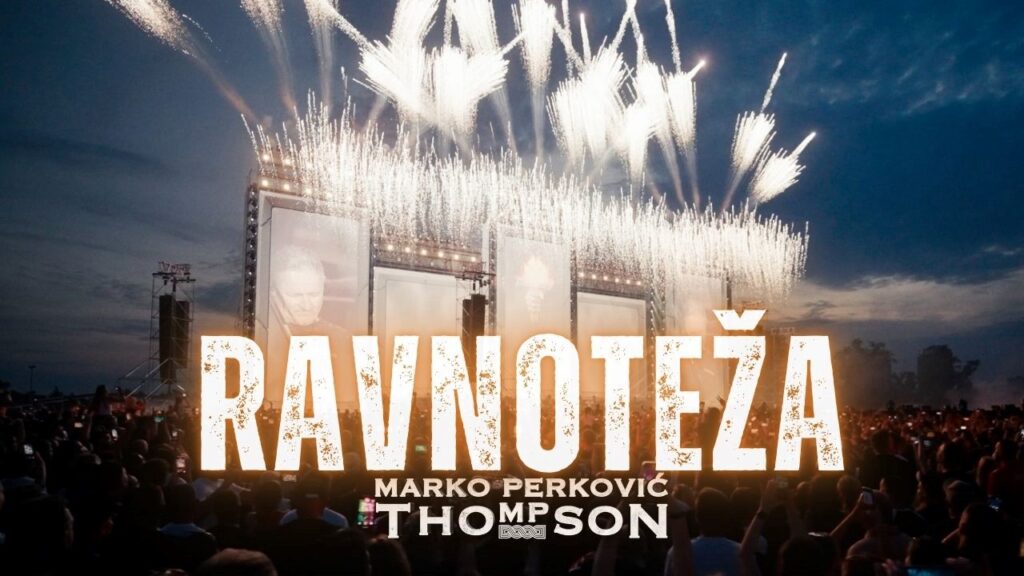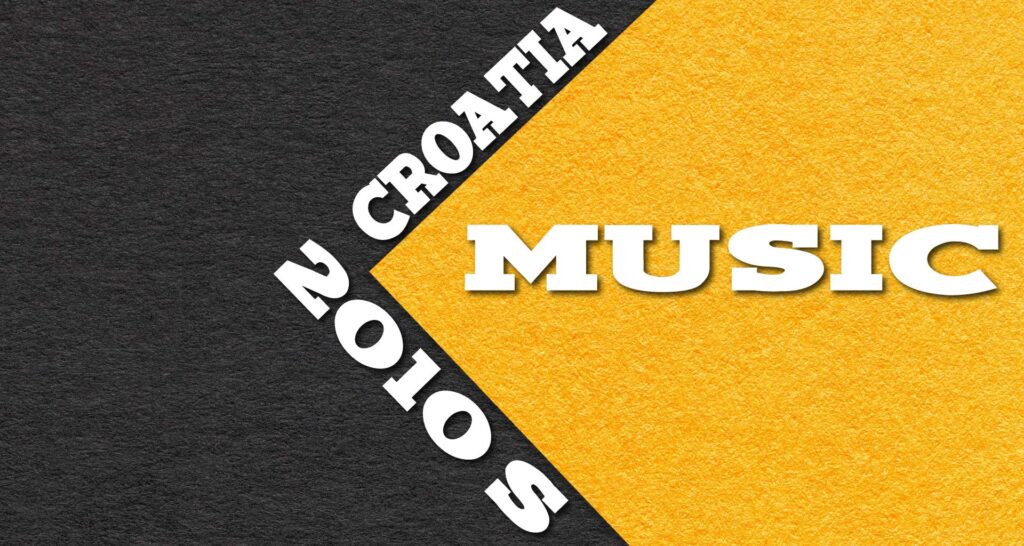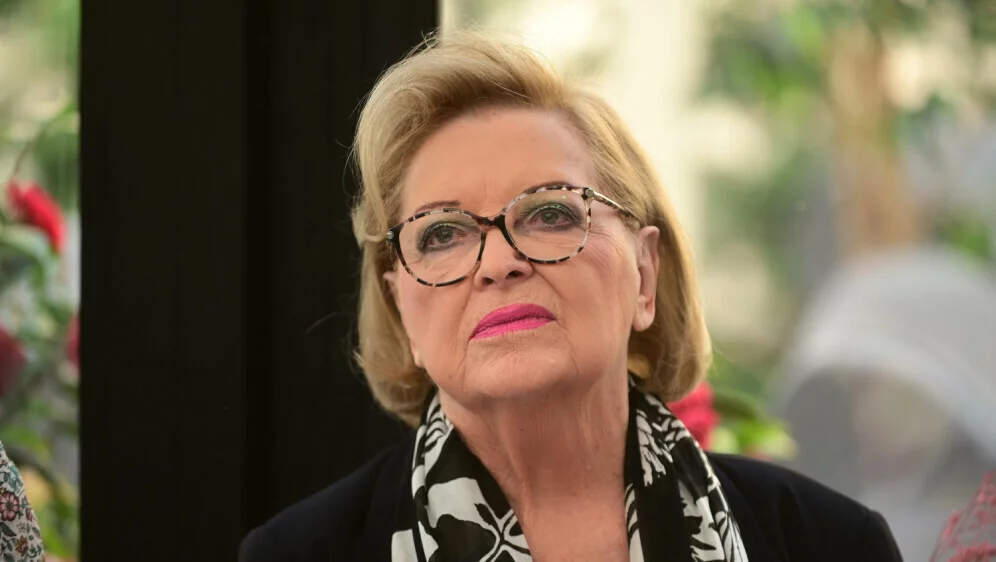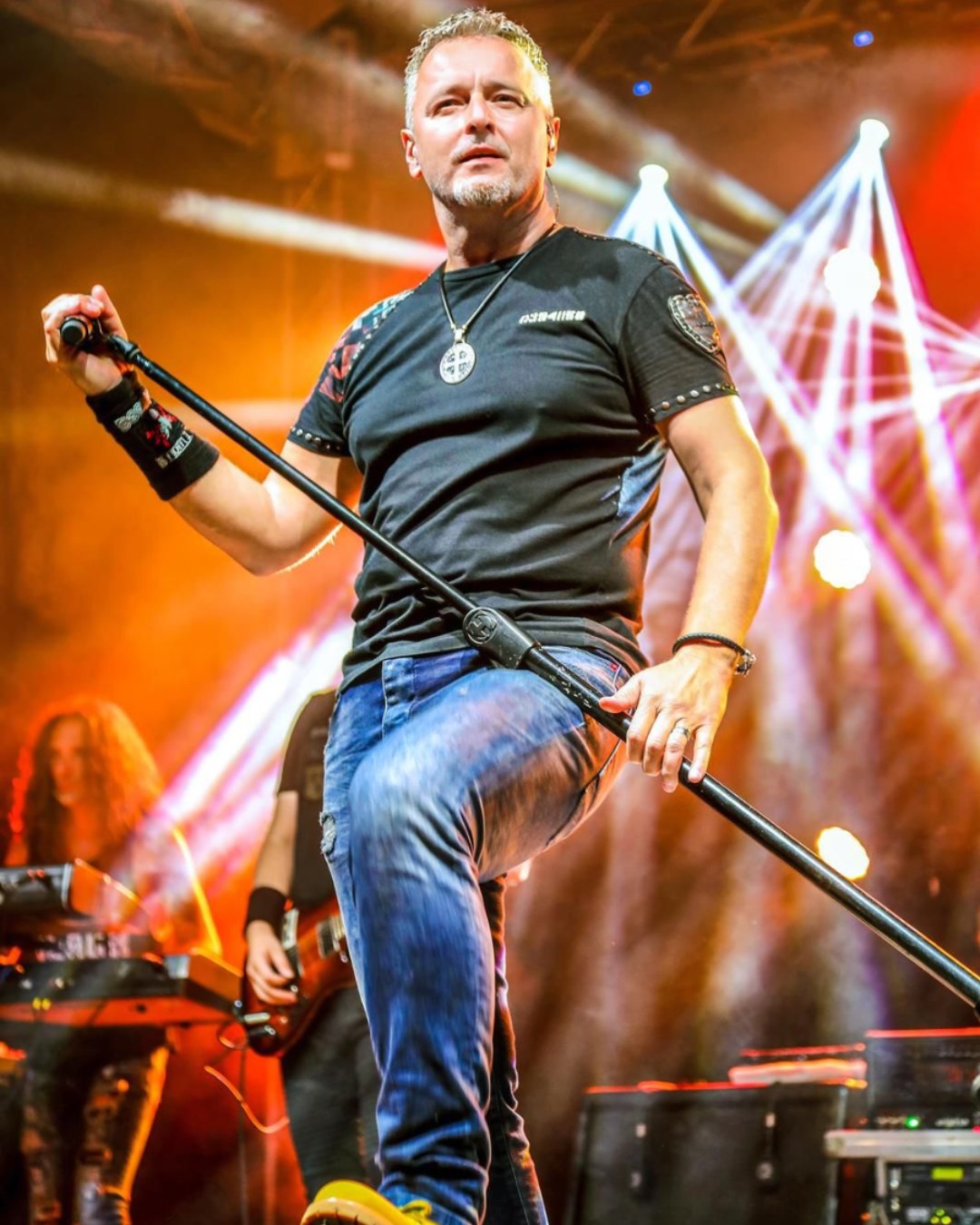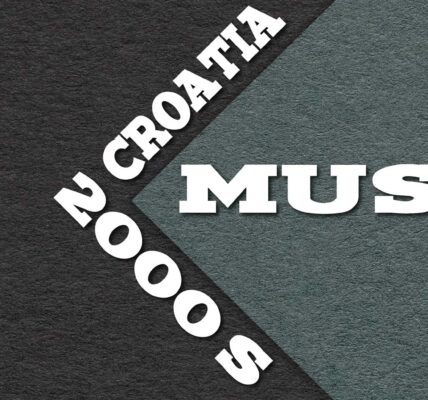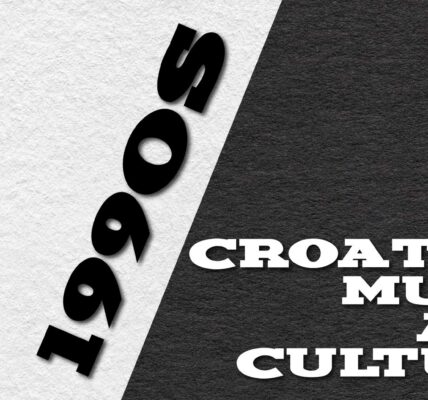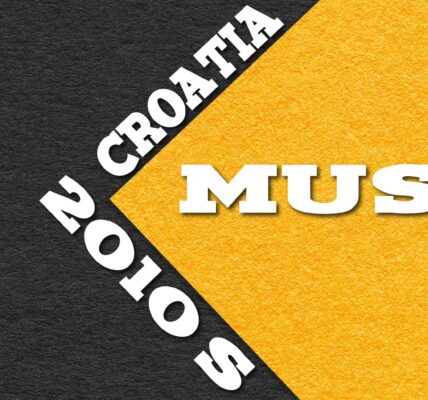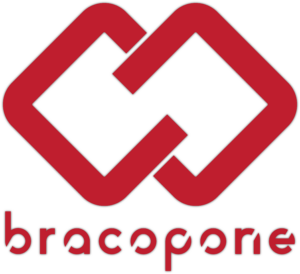Hip-hop culture, including music, dance, graffiti, and DJing, started in the Bronx during the 1970s and soon spread worldwide, including Croatia. In Croatia, hip-hop and rap have become an essential part of urban culture, with a rich history stretching from the mid-1980s to the present.
The beginnings of hip-hop in Croatia
Hip-hop arrived in Croatia in the mid-1980s through foreign magazines, films about breakdance such as Breakin’ and Beat Street, and radio shows. The first rap show, Electro Funk Premiere, was launched in 1984 on Radio 101 by Slavin Balen. At that time, the scene focused on electrofunk and breakdance, while rapping in Croatian was a rarity.
The first breakdance crews appeared in Zagreb, and the graffiti scene also grew. However, due to political and social circumstances, the scene faced challenges until the beginning of the 1990s.
Development in the 1990s
The war years brought hardships to the hip-hop scene, but enthusiasts continued to develop the culture. The Blackout Rap Show, hosted by DJ Phat Phillie and Kristijan Frx on Radio 1 since 1993, played a key role. This show became a central place for gathering rappers and DJs and significantly influenced the spread of hip-hop in Croatia.
The first album of Croatian rap, Project Impossible by Blackout Project, was released in 1997, making rap present in the mainstream media. During this period, Croatian rap pioneers such as Tram 11 (Target and General Woo) appeared, whose albums ”Čovječe ne žuti se” (1999) and ”Vrućina gradskog asfalta” (2000) became classics of Croatian rap.
Golden era and key performers
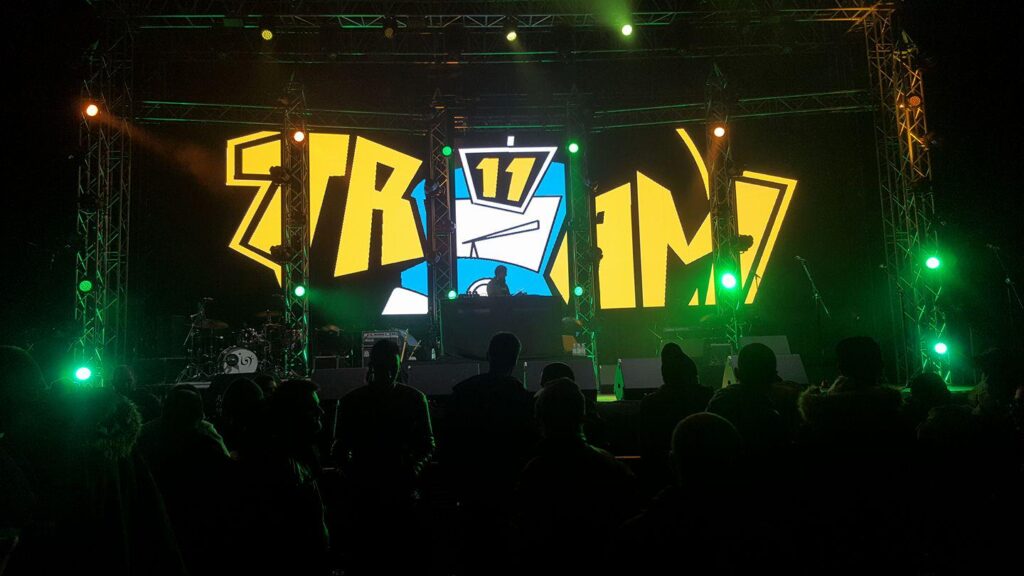
In the late 1990s and early 2000s, the Croatian hip-hop scene experienced its peak, known as the “golden era”. This period was marked by the release of key albums and the creation of artists who laid the foundations for future generations. Their music combined social criticism, humor, experimentation with different genres, and local identity.
Tram 11, a duo consisting of Nenad Šimun “Target” and Srđan Ćuk “General Woo“, was founded in 1996 in Zagreb. Their name alludes to the tram line that connects the western and eastern parts of the city, where the group members come from. Tram 11 was one of Croatia’s first recognizable rap collectives, thanks to the Blackout Rap Show on Radio 101.
Their album ”Čovječe ne žuti se” (1999) is considered a classic of Croatian hip-hop. Songs like “Kužiš spiku” and “Pad sistema” brought sharp social criticism with characteristically politically incorrect verses. Their music was the voice of young people frustrated by social injustices, and “Hrvatski velikani” became the first rap song to reach the top of the Croatian charts110.
Bolesna Braća, a duo consisting of Baby Dooks (David Vurdelja) and Bizzo Brigante (Pero Radojčić), was founded in 1996 in Zagreb. Their first album, ”Lovci na šubare” (2000), brought witty rhymes and catchy melodies that captivated the audience—songs like “Čiča Miča” and “Lovačke priče” combined humor with criticism of everyday life.
In addition to music, Bolesna Braća stood out through collaborations with other artists such as Tram 11 and production for numerous projects. Their style was a refreshing contrast to the more serious themes dominating the scene.
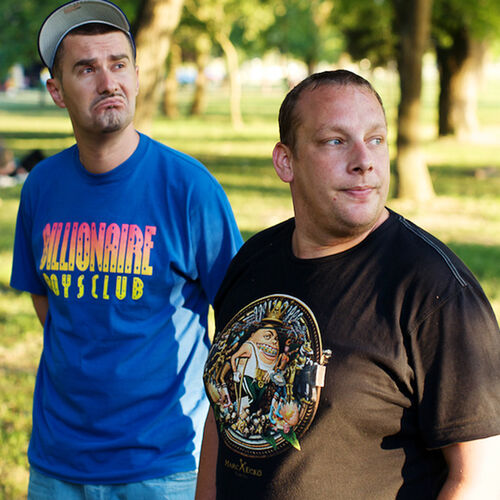
The Beat Fleet (TBF), a band from Split founded in 1990, is known for its innovative blend of hip-hop, funk, rock, and reggae influences. Their music often reflects the Dalmatian mentality along with an experimental approach. Albums such as ”Ping Pong” (The Art of Healthy Gyro) (1997) and ”Uskladimo” topromjere (2000) brought a distinctive mix of sounds.
TBF was not only a musical collective; its texts often criticized social norms with a touch of irony and humor. Songs like “Smak svita” and “Genije” became symbols of Split’s urban culture.
Edo Maajka, a Bosnian rapper who started his career in Zagreb, became a regional hip-hop icon in the early 2000s. His first album, “Slušaj mater” (2002), was revolutionary in its combination of political themes, war traumas, and the everyday problems of young people. Songs like “Mahir i Alma” and “No sikiriki” showed his ability to connect with the audience through sincere lyrics.
Edo Maajka often uses hip-hop to promote social change, criticizing corruption, nationalism, and injustices in post-war Balkan societies. His music remains relevant because it has a deep emotional connection with audiences.
Regional scenes in Croatia
The Croatian hip-hop scene has developed through several key regional centers, each with its own style, theme, and performer specifics. Although the regions are connected through cooperation and joint performances, each contributes uniquely to Croatian hip-hop culture.
Zagreb is the most important and the most influential center of the hip-hop scene in Croatia. Hip-hop pioneers such as Tram 11, Elemental, and Blackout Crew were formed here, laying the foundations for the genre’s development. Radio shows like the Blackout Rap Show on Radio 101 were key in popularizing hip-hop during the 1990s. Zagreb is known for its various styles, from old school rap to modern trap, and artists like High5, KUKU$, and z++ bring a contemporary sound that captivates the younger audience.
In addition to music, Zagreb hosts numerous hip-hop events, festivals, and exhibitions, such as the Memory Lane exhibition, which documents the history of hip-hop. The city is also known for its breakdance and graffiti scene, which are integral to urban culture.
Split is the second most important center of Croatian hip-hop. It is known for its specific sound, which combines rap with reggae, rock, and experimental styles. The group TBF (The Beat Fleet) led the Split scene with innovative albums such as “Ping Pong” (The Art of Healthy Food) (1997) and “Uskladimo topromjere” (2000). Their “ping pong” style is a mix of reggae, afro-beat, hip-hop, and alternative rock.
Split is also home to bands like Dječak and Vojko V., who attracted a broad audience with their humorous lyrics and experimental productions. The Dalmatian scene often reflects the local mentality through ironic lyrics and a laid-back approach.
Rijeka is a historically significant center because the first Croatian hip-hop group, Ugly Leaders, was formed here in 1992. They released the first Croatian hip-hop album, Channel Is Deep & Beech, which opened the door for developing the genre in the country. The Rijeka scene is known for its old-school style, which relies on the fundamental elements of American hip-hop from the 1980s.
Besides music, Rijeka has an intense graffiti scene that follows the development of local urban culture. Although smaller than the Zagreb or Split scenes, Rijeka remains an essential part of the history of Croatian hip-hop.
Eastern Croatia, with cities like Osijek, Vinkovci, and Slavonski Brod, developed a style similar to Zagreb but emphasizing local themes. Performers like Shorty (known for the hit “Come to Vinkovce”) tell stories that reflect life in Slavonia through honest lyrics.
Osijek is also home to young performers like z++, who combine trap with pop and funk elements and set new production standards on the Croatian scene. Eastern Croatia often uses rap to express local identity and social problems.
Newer artists
In recent years, the Croatian hip-hop scene has experienced significant growth, thanks to a new generation of artists who bring fresh sounds and modern production approaches while maintaining the authenticity of the local culture. These artists combine trap, drill, and alternative genres with traditional hip-hop elements, creating music that reflects the contemporary spirit and challenges of the young generation.
High5, a Zagreb collective, is considered one of the leaders of trap sound in Croatia. Their first album, ”Schengengang” (2015), became an instant hit, and songs like “Mama, napokon sam uspio” and “Di ćeš ti s tim” cemented their status on the scene. Their lyrics often combine humor, irony, and urban themes, while the production brings energetic beats that follow the modern trap style. High5 is known for spectacular performances, including a sold-out concert at the Culture Factory with only one album.
Kuku$, also from Zagreb, innovatively combines trap with electronic and pop production. Their music often explores the themes of love, self-discovery, and social challenges. Kuku$ has gained a reputation as a genre-bending artist, while members such as Hiljson Mandela and Goca R.I.P. developed successful solo careers. Their performances at the Sea Star Festival further strengthened their popularity.
Buntai from Zagreb is known for combining traditional hip-hop elements with modern musical forms. His album ”G E N E Z A” (2022) combines introspective lyrics about love, loss, and personal development with sophisticated production. Songs like “DEMONI” and “Misim da imam problem” highlight the emotional depth and energy that characterize his style.
Kandžija from Osijek uniquely combines modern hip-hop and traditional Croatian motifs. His texts often deal with social and political topics humorously and critically. Albums like ”Beton” (2018) show his penchant for experimenting with different styles, including hard trap beats and funk elements, which he performs with his backing band Gole žene.
Kiša Metaka from Split is known for raw lyrics that reflect local topics such as crime, survival, and social norms. Their album ”Kiša Metaka” (2019) features songs like “Swag iznad svega” and “Pljačkam turiste“, which combine a humorous tone with serious themes. Their music often carries a dark atmosphere with strong beats that win the audience over.
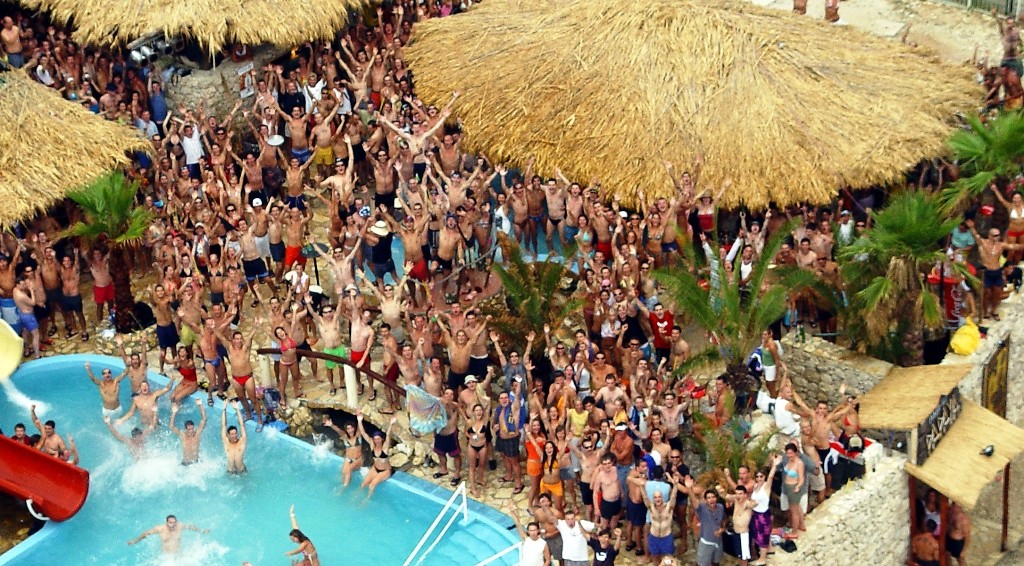
Festivals and events in Croatia
Recently, the Croatian hip-hop scene has received more support by organizing festivals, exhibitions, and events celebrating this urban culture. Two key events that stood out in this context are the Preach The Rich festival in Šibenik and the Memory Lane exhibition – 40 years of hip-hop in Zagreb. These projects bring hip-hop fans together and educate the general public about the history and significance of this culture.
The Preach The Rich (PDR) festival, which takes place on Martinska in Šibenik, has become one of Croatia’s most important hip-hop festivals. The festival’s first edition was organized in 2023 on the occasion of the global commemoration of 50 years of hip-hop with the support of the local band Hram. The festival is conceived as a platform for promoting regional performers and connecting the local scene with international artists.
The festival program includes performances by well-known performers such as Eda Maajka and Who See and young talents such as Bep Bagulin, with additional content promoting independent music production. Preach The Rich is not just a musical event; it is a meeting place for all generations, from young trap lovers to older fans of old-school sound. Šibenik, a city with a rich history of hip-hop culture, becomes an actual center of urban art during the festival.
The legendary DJ Phat Phillie organized the exhibition Memory Lane—40 years of hip-hop, which was held from February 25 to March 21, 2025, at the Liszt Institute (Hungarian Cultural Center) in Zagreb. This unique exhibition shows the development of hip-hop culture over four decades, with a special emphasis on the Croatian and Hungarian scenes.
Phat Phillie, one of the most prominent regional hip-hop activists, presented his extensive collection of memorabilia, which includes posters, photos, concert tickets, vintage cassette players, skateboards, and rare footage of graffiti art from Zagreb and Budapest. The exhibition also symbolically connected Zagreb with New York and Budapest through collaborations with international collectors such as Krisztián Kindler and DJ GYöReMiX!
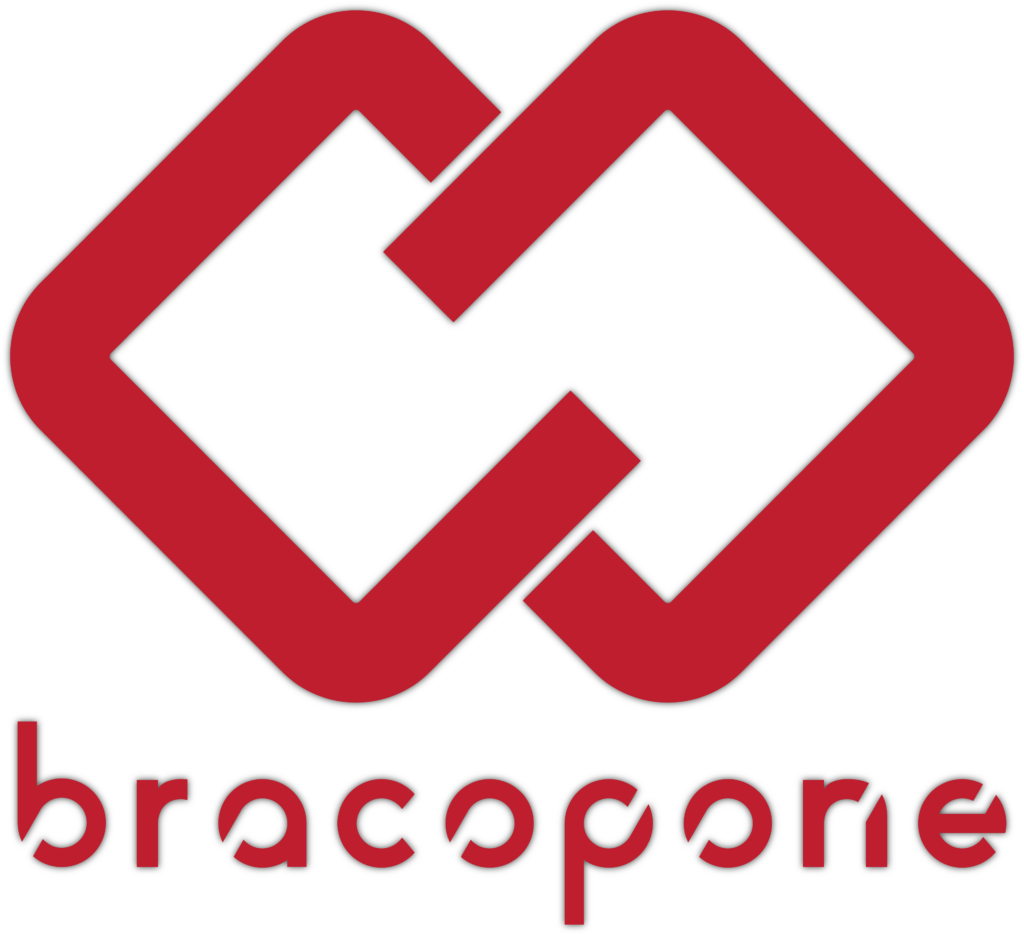
The event is enriched with accompanying activities such as DJ workshops, graffiti sessions, film screenings, and panel discussions on hip-hop’s influence on society. Particularly interesting was the project She Raps, which gathered the winners of female rap competitions from Portugal, Belgium, France, Slovenia, and Montenegro to record a joint song with Croatian producer Koolade.
The Fresh Island Festival, which takes place on the Zrće beach in Novalja on the island of Pag, is one of Europe’s largest and most essential hip-hop festivals. Launched in 2012, the festival has become synonymous with top urban music and unforgettable summer fun. With hip-hop as the core genre, the festival also includes R&B, grime, afrobeats, and dancehall, attracting thousands of visitors worldwide.
Fresh Island Festival is known for its impressive lineups, which include the world’s biggest stars of hip-hop and urban music. Over the years, artists such as Snoop Dogg, Nas, Rick Ross, Method Man & Redman, Mobb Deep, Wiz Khalifa, Chris Brown, Ty Dolla $ign, French Montana, Migos, A$AP Rocky, Stormzy, Lil Pump, Burna Boy, DaBaby, Tory Lanez, Sean Paul, and many others have performed at the festival.
These acts attract audiences from over 40 countries, and the festival has sold more than 50,000 tickets to date, making it one of the most critical events for hip-hop fans in the region and beyond.
The festival takes place in four prominent locations: Papaya, Aquarius, Kalypso, and Rocks Club, which are regularly ranked among the best nightclubs in the world by DJ Mag. Zrće beach, known for its crystal clear sea and dynamic nightlife, is the perfect place for such an event.
Fresh Island Festival is an opportunity to enjoy the concerts of world stars and explore the beauty of the island of Pag. The combination of top production, world-famous performers, and a unique location makes this festival an unmissable event for urban music lovers.
Popularity of Hip Hop and Rap music in Croatia
Today, hip-hop in Croatia is recording a golden era. Performers like Vojko V, Grše, Kuku$ Klan, and the collective Podočnjaci dominate streaming platforms and gather many fans at concerts. For example, the song “Oće Ku*ac” by Kuku$ Klan has become one of the most popular Croatian hip-hop songs, with millions of views on YouTube. As a subgenre of hip-hop, Trap is especially popular among Generation Z because of its hedonism, materialism, and urban life themes.
Despite its popularity, hip-hop faces challenges in terms of media coverage. Mainstream media often ignores this genre or portrays it through the prism of commercial subgenres like trap. Critics also point to vulgar lyrics and themes that some consider controversial. However, the decentralization of the music industry has allowed artists greater autonomy in promotion through social networks and digital platforms.
Hip-hop is a musical genre and a cultural movement that encompasses a lifestyle, a way of expression, and a critique of society. Its popularity among young people makes it a key part of contemporary Croatian culture. In addition, the growing number of concerts and festivals dedicated to hip-hop testify to its increasing influence.
In conclusion, hip-hop in Croatia continues to grow as a dominant subculture, shaping the music scene and attracting new generations of listeners.
BAND VRANAC’S ALBUM ‘SAVRŠENO DRUGAČIJI’ NOW AVAILABLE FOR SALE
The band Vranac has released a new studio album titled “Savršeno drugačiji,” which features eleven…
9tTH CMC 200 SLAVONIJA FEST: SLAVONSKI BROD RECLAIMS ITS PLACE AS A HUB OF MUSIC EVENTS
The official press conference marking the start of the 9th edition of the CMC 200…
‘CURE IZ CENTRA’ PRESENT NEW SINGLE ‘TKO SE JEDNOM ZALJUBI’ FROM THE ALBUM ‘ŽENSKI RUSVAJ’
The most renowned female tamburitza ensemble in Croatia, Cure iz Centra, proudly presents their latest…
THOMPSON’S ICONIC ‘RAVNOTEŽA’ FROM ZAGREB HIPPODROME 2025
Marko Perković Thompson has released the first live performance from his historic concert at the…
CROATIAN MUSIC PANORAMA IN THE 2010S
The Croatian music scene throughout the 2010s was exceptionally dynamic and diverse, marked by a…
THE DIVA OF CROATIAN MUSIC HAS LEFT US! GABI NOVAK: A TIMELESS VOICE
Gabi Novak, one of the most essential and beloved Croatian singers, has passed away at…




